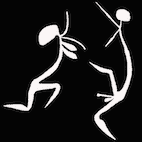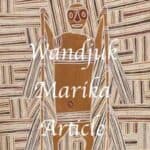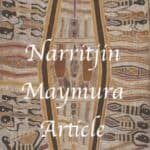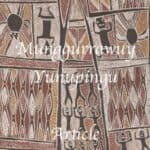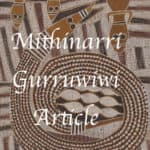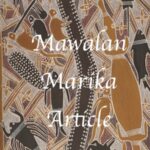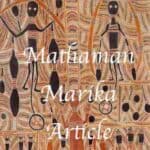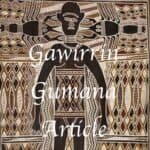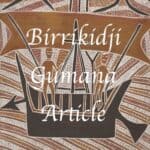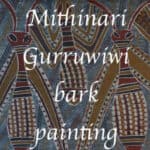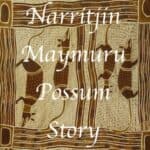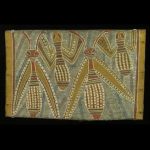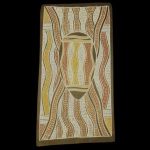Gawirrin Gumana: Painter of the dreaming
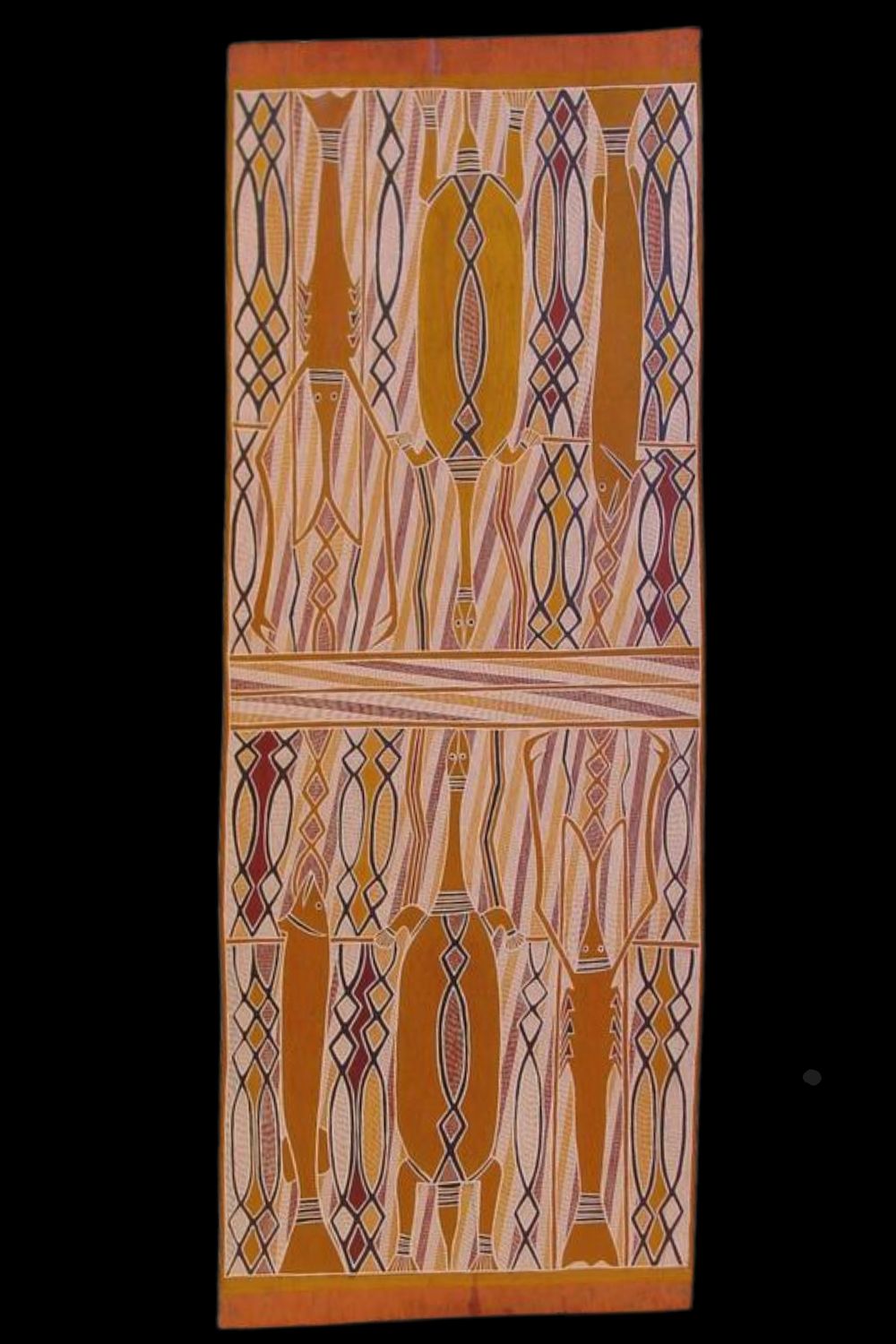
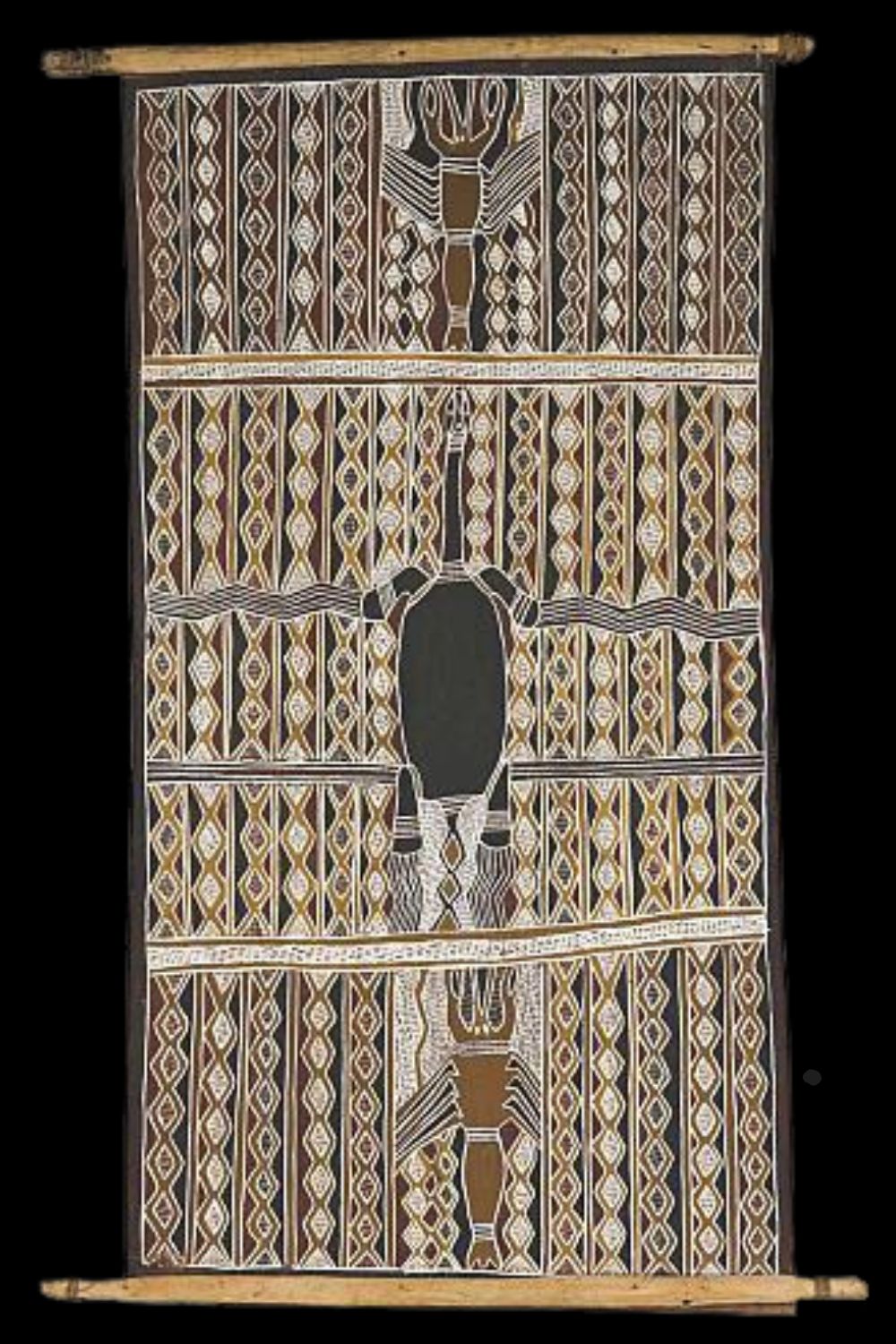
Style
The bark paintings of Gawirrin Gumana are celebrated for their masterful integration of finely executed crosshatching with vivid depictions of totemic animals. His signature diamond-pattern rarrk—a precise clan marker of the Dalwangu people—traces directly to the ancestral hero Laintjun, whose story lies at the heart of much of Gumana’s work. Against luminous ochre grounds, Gumana intersperses these shimmering geometric fields with freshwater turtles, prawns, fish, and graceful brolgas, each imbued with symbolic and ceremonial significance. The balance between sacred geometry and naturalistic form is a hallmark of Gumana’s artistry, making his paintings not only objects of great visual beauty but also vessels of ancestral law and Yolŋu cosmology.
Central to Gumana’s artistic lineage is the epic narrative of Laintjun, who emerged from the sea in the Dreaming, the sea foam leaving its mark as the diamond pattern on his body. Laintjun bestowed this design upon the Dalwangu clan, teaching both its method of creation and its profound meaning. After taking human form, Laintjun journeyed to the Arafura Swamp, where consuming the “Sacred Honeycomb” transformed him into a spirit man—destined to become the greatest warrior and hunter in Arnhem Land. In his arrival from the sea, he carried with him all the Yirritja totems, which he then distributed among the Yirritja clans. Gawirrin inherited custodianship of this revered songline from his father, Birrikidji, ensuring that each bark painting resonates with deep ceremonial authority. Today, Gumana’s works stand as both exquisite cultural expressions and authoritative records of Yolŋu identity, sought after by collectors and institutions worldwide.
Biography Gawirrin Gumana
Gawirrin Gumana(c.1935–2016), also known as Gawurin, Gawarrin and Garwirin, was born in North Eastern Arnhem Land into the Dhalwangu Clan of the Yirritja moiety. Eldest son of clan leader Birrikitji, Gawirrin grew up travelling the rivers and coastlines of Arnhem Land, venturing as far as Groote Eylandt by canoe. His life was profoundly shaped by a tragic early incident, when his father discovered the bodies of clan members killed in a dispute with an overlanding party over a sacred waterhole. This act of desecration, and the subsequent funeral at Blue Mud Bay, instilled in Gawirrin a lifelong commitment to cultural sovereignty and political activism.
In the 1960s, Gawirrin Gumana’s path shifted when he was treated for leprosy in Darwin, learning English, embracing Christianity, and marrying while in recovery. He later reflected that he lived by “three angles on life” – Yolŋu, Western, and God’s – striving to harmonise them. Returning to Yirrkala, he became both a ceremonial elder and a passionate advocate for Aboriginal land and sea rights. As the last surviving painter connected to the historic Yirrkala Church Panels, Gawirrin held a central place in the continuation of bark painting traditions and sacred Dhalwangu designs.
Gawirrin was an early Yirrkala bark painter like Narritjin Maymuru and Mithinarri
His works were recently exhibited at the Old Masters Exhibition at the National Gallery of Australia.
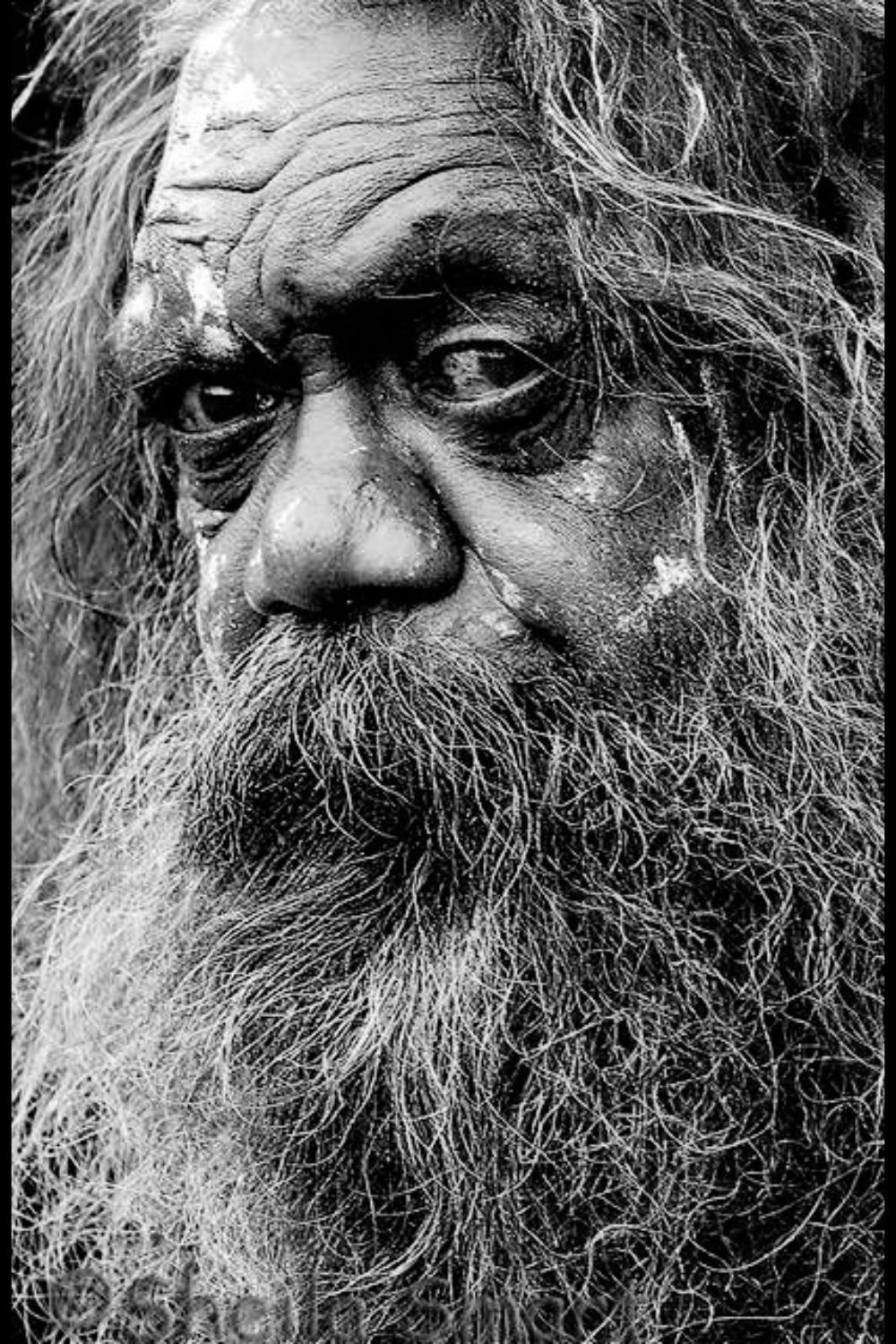
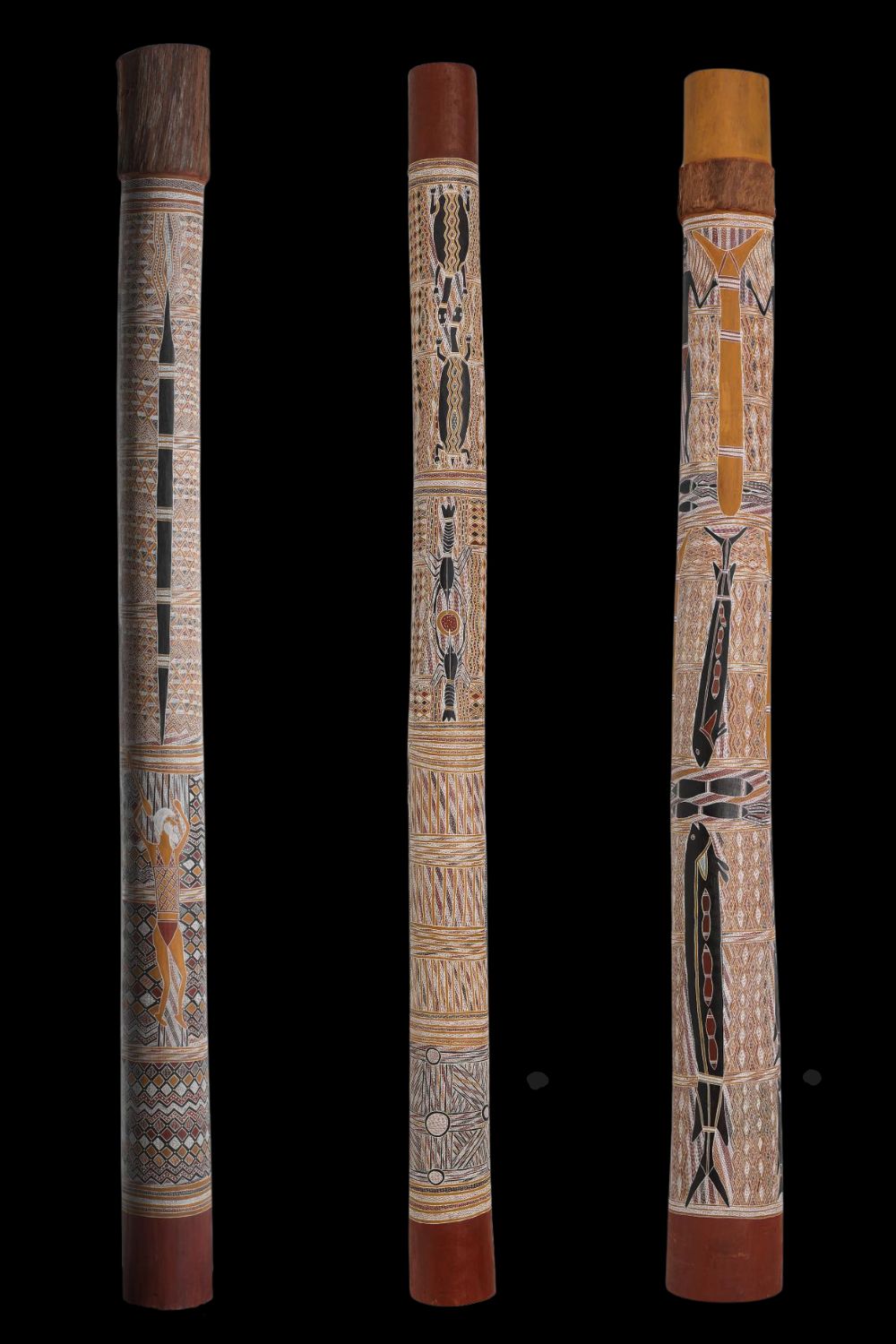
Gawirrin Gumana – Artistic Legacy and National Recognition
Beyond his artistic mastery, Gawirrin Gumana was a transformative cultural figure. Ordained as a Uniting Church minister in 1992, he became a spiritual leader as well as an artist, winning the 2002 National Aboriginal and Torres Strait Islander Art Award. The following year, he was appointed an Officer of the Order of Australia for his work as a cultural ambassador and advocate for reconciliation. His national prominence grew when, in 2008, as the named plaintiff in Gumana vs. Northern Territory Government, he helped secure historic High Court recognition of Indigenous sea rights in Australia.
Gawirrin Gumana’s contributions were honoured with an honorary doctorate from Charles Darwin University in 2007 and the prestigious Red Ochre Award in 2009 for lifetime achievement in Indigenous art and culture. Today, his bark paintings – deeply rooted in Yolŋu law, ancestral narratives, and ceremonial authority – are highly sought after by collectors and institutions worldwide. Each work embodies not only the visual sophistication of Arnhem Land painting traditions but also Gawirrin’s enduring role as a bridge between Yolŋu knowledge systems and the broader world. In the art market, works by Gawirrin Gumana are prized as both masterful expressions of rarrk and living documents of one of the most influential Aboriginal leaders of the 20th and 21st centuries.
All images featured in this article are presented strictly for educational and informational purposes.
This website may include copyrighted material for which specific authorization has not been obtained from the copyright owner.
All such images are presumed to be the intellectual property of the respective artist or their estate, and are used in accordance with principles of fair dealing or fair use under applicable copyright law.
Meaning of Gawirrin Gumana Bark Paintings
Macassan Prau – A Maritime Icon in Yolŋu Bark Painting
The Macassan prau (also spelled perahu) occupies a singular position in the cultural and artistic history of Arnhem Land. These elegant wooden sailing vessels, employed by Makassan trepang (sea cucumber) traders from Sulawesi, regularly navigated the northern coastline of Australia from the early 18th century until the early 20th century. For the Yolŋu people of north-east Arnhem Land, the seasonal arrival of the Macassan fleets signified a period of sustained cross-cultural exchange—introducing new tools, materials, and technologies, while leaving a lasting legacy in ceremonial traditions and visual art.
In Aboriginal bark painting, the Macassan prau transcends its role as a historical subject. It stands as a symbol of diplomacy, trade, and the Yolŋu connection to the broader maritime networks of the Indonesian archipelago. Esteemed artists such as Birrikitji Gumana and leading Yirrkala bark painters have rendered these vessels with remarkable precision, depicting their tall masts, lateen sails, intricate rigging, and bustling crews in natural ochres on stringybark. These compositions do more than record the vessel’s form—they embed it within ancestral narratives, linking foreign technology to the sacred geography of Yolŋu country.
The prau is often set against a backdrop of rarrk (crosshatching) and clan motifs, visually integrating the foreign with the sacred. This layering of iconography reflects the Yolŋu worldview, where the Macassan presence becomes part of a deeper cosmological order.
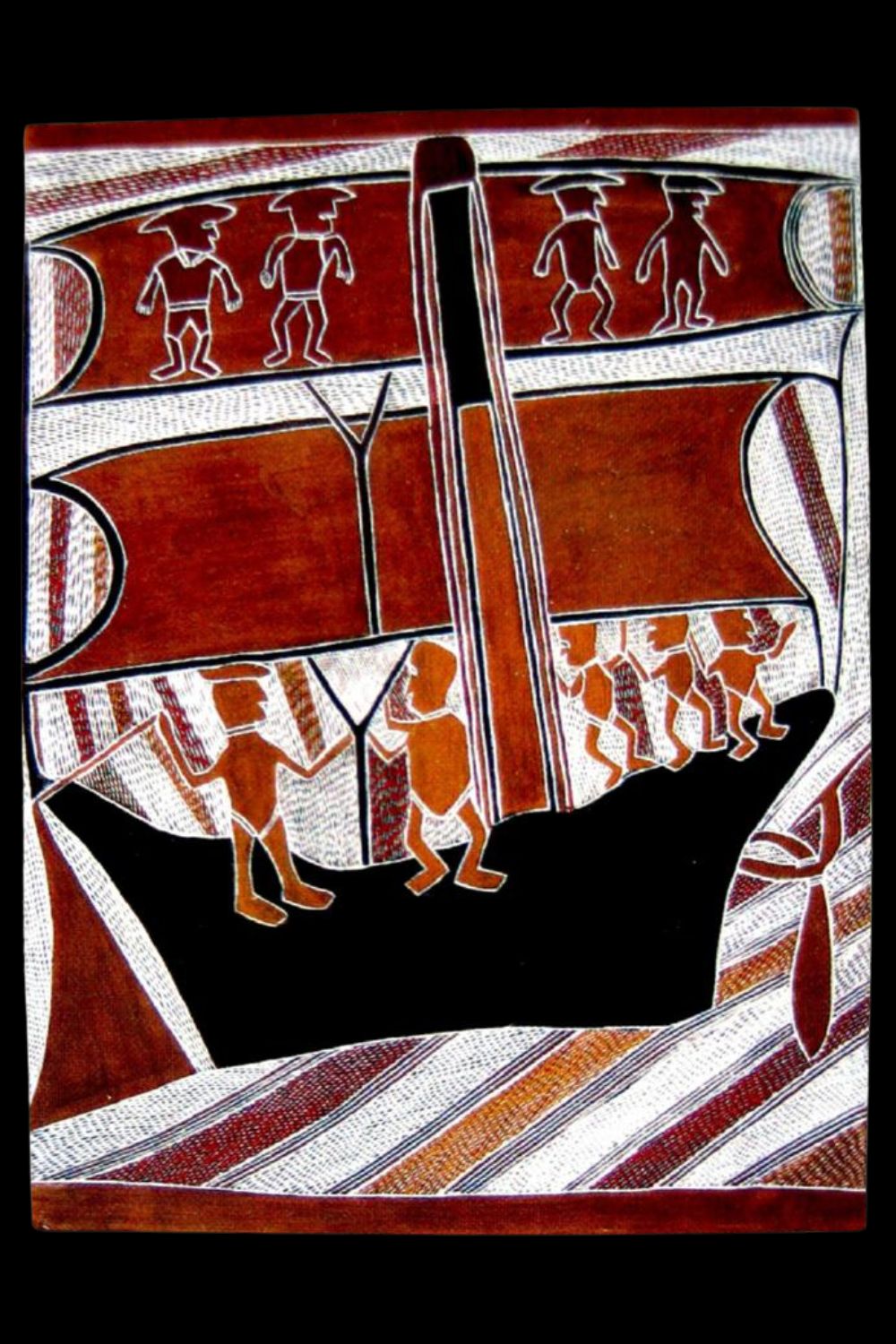
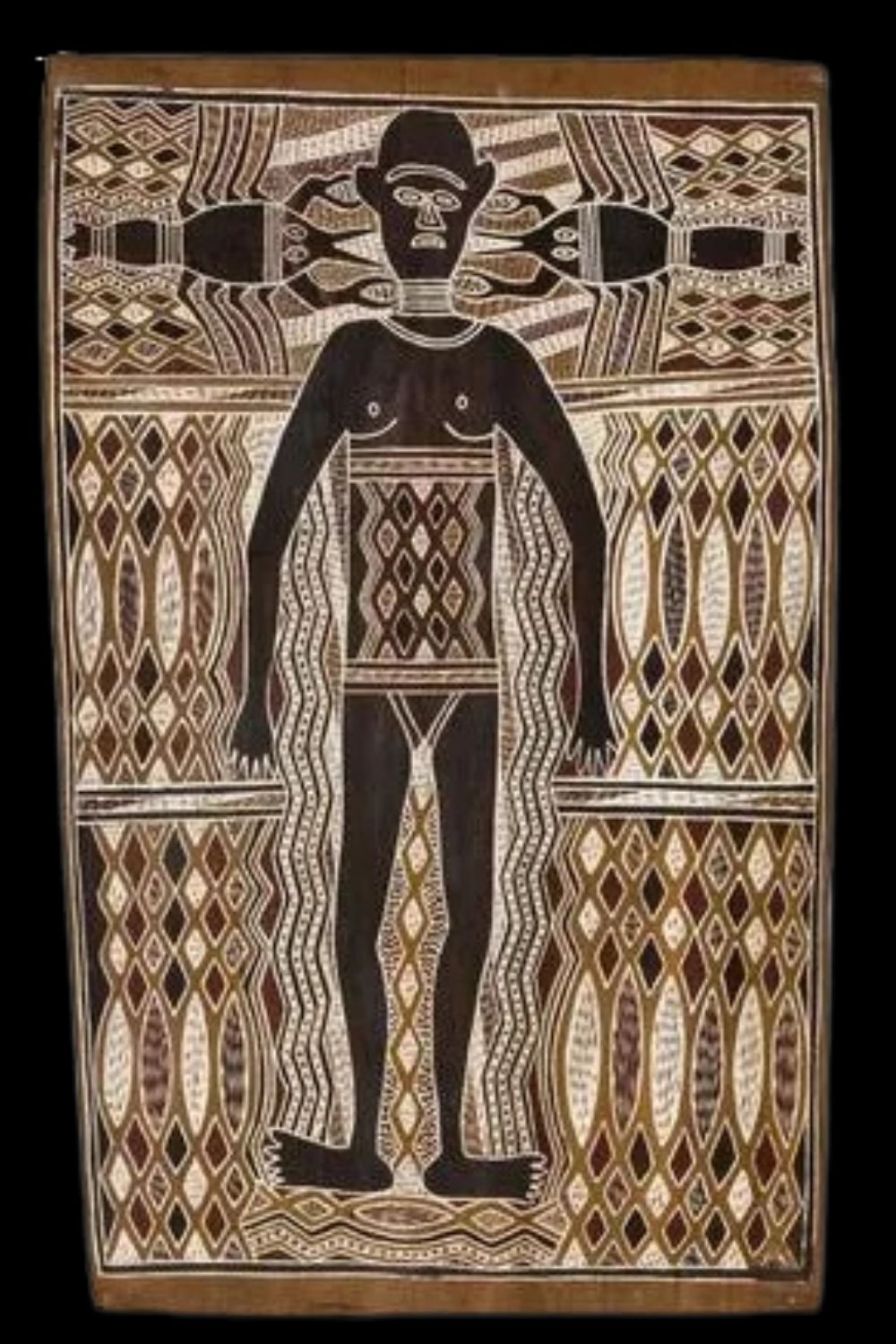
The Story of Laindjung and Banaidja
Long ago, the Dali people suffered a severe drought. While the Koolatong River still flowed with fish, they lacked the skills to catch them. In the deep lagoon of Gululdji lived a powerful spirit, often in the form of a barramundi, who pitied his hungry people. Taking human form as Laindjung, he brought sacred totems (rangga) representing animals and plants to help the Dali.
Meeting the fisherman Galbarimun, Laindjung was welcomed into his family and taught the people songs and ceremonies to multiply food. He showed them how to build fish traps and gifted the golertji stake as a sacred totem. Food became abundant, and the community thrived.
However, a man named Muru, jealous and wary of breaking taboos, sought to drive Laindjung away. One day, Muru ambushed Laindjung near Gululdji, spearing him until he collapsed into the water. But Laindjung was healed by animal spirits and returned as Banaidja, his “son,” bringing more gifts—ways to prepare yams, build bark shelters, and gather food.
The people again welcomed him, but Muru’s hatred persisted. He attacked Banaidja a second time, killing him and hiding the body in mangroves. Banaidja’s spirit returned to Gululdji as a barramundi. From the place of his death grew a paperbark tree, whose inner honeycomb pattern recalls his gift of abundance.
To this day, the Dali people honor Laindjung and Banaidja in ceremonies, beating bark to echo the barramundi’s splash and remembering the spirits who gave them knowledge, food, and cultural law.
This bark depicts Laindjung under the water being healed by crawfish to become Banaidja.
